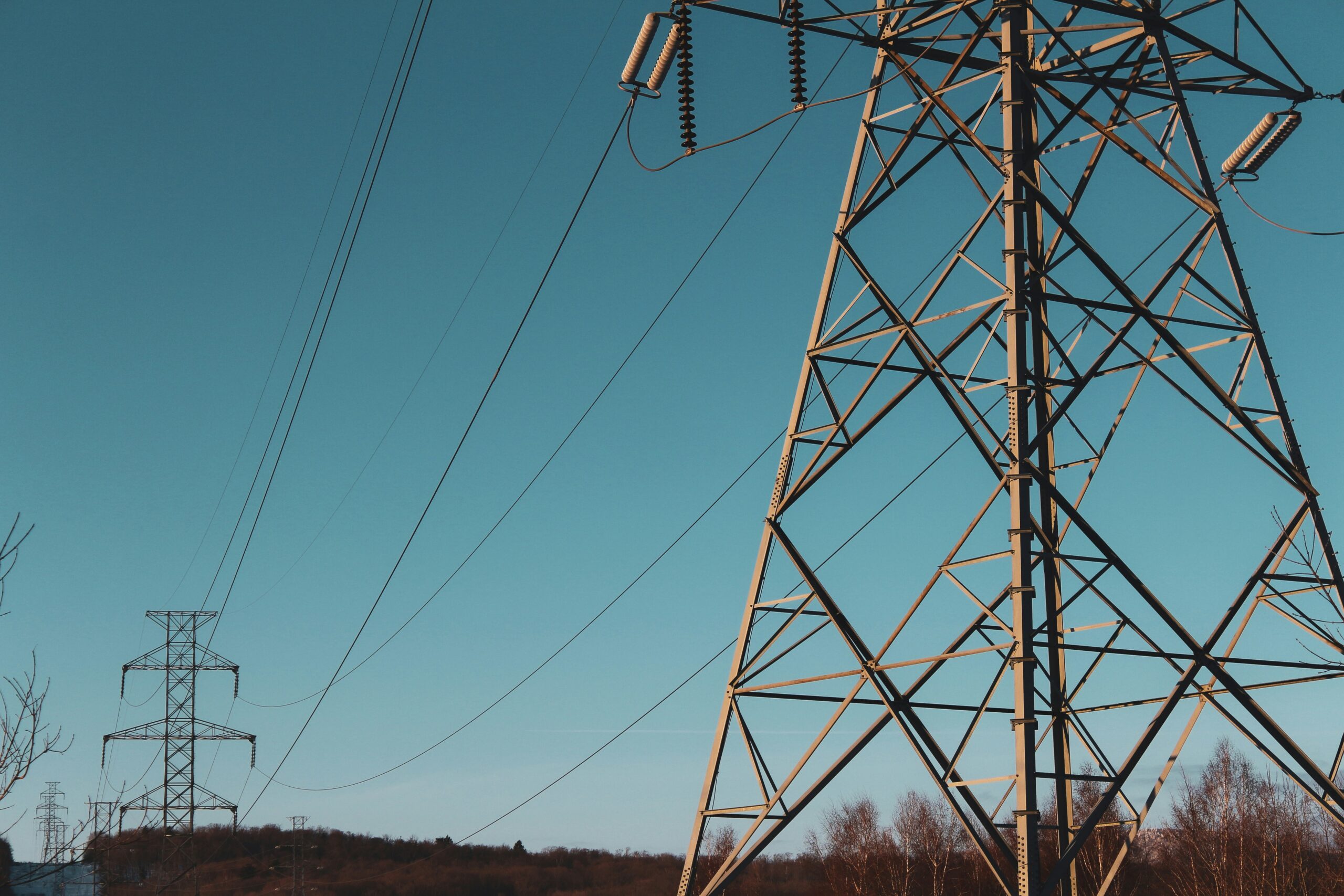


#Electrification #Fossil Fuels Divestment #sustainable infrastructure #terminology
Alidia Vane
One of the major challenges in achieving a more sustainable society is our current reliance on fossil fuels. The power grid that supplies our electricity is largely dependent on fossil fuels such as coal, oil, and natural gas. As a result, electricity generation produces significant greenhouse gas emissions, which drive global climate change. Electrification is the process of replacing technologies that use fossil fuels with electrically-powered equivalents. In the past, this may have looked like replacing gas lamps with electric lightbulbs. These days, examples may include switching from internal combustion engines to electric vehicles (EVs) or from gas furnaces to heat pumps.
According to the International Energy Agency (IEA), “electrification is one of the most important strategies for reducing CO2 emissions” and achieving net zero emissions. In addition to significantly reducing our collective carbon footprint, electrification is a critical step in increasing the sustainability of our infrastructure for current and future generations. This process also contributes to economic and societal resilience through enhanced energy efficiency and reduced reliance on fossil fuels. If you’re interested in reducing your household’s carbon footprint through electrification, check out Rewiring America’s Personal Electrification Planner at the “Action” link below.
While electrification has immense potential, there remain challenges to overcome. Electrification will result in an increased demand for electricity, requiring the power grid to expand its capacity. In addition, to truly achieve net zero emissions, electricity generation needs to be shifted to renewable sources, such as wind or solar power. To learn more about challenges with electrification and the current work in this space, visit the IEA website at the “Definition” link below.
According to the IEA, what is the status of global policy around electrification?